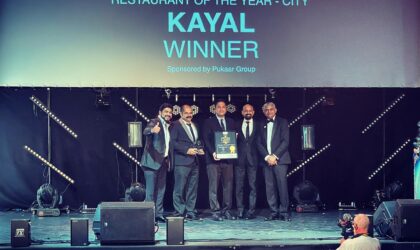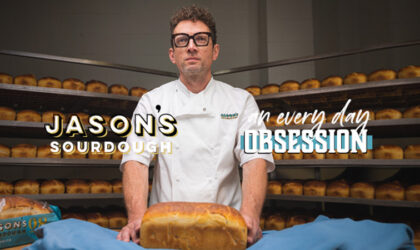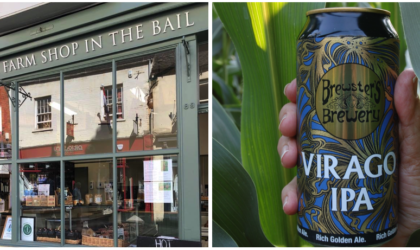What diners really, really hate (and other useful insights)
In October 2018, a survey by Feed it Back entitled ‘The Main Reasons Customers Leave Negative Reviews’ found the following:
- The main complaint on review websites is speed of service – 20% of negative comments relate to slow food service or long wait time
- 6 out of the top 10 complaints from restaurant customers about staff referred to poor attitude, efficiency and engagement
- For pubs and bars, food quality is the biggest gripe – 10% of customers were disappointed how their meal tasted
- Pubs and bar diners’ grievances focused on the venue and its surroundings
Growing trends among diners
A September 2017 survey by Deloitte – ‘Changing Tastes, The UK Casual Dining Market’ – identified the following growing trends. Many remain relevant in 2019.
- Healthy eating
- Informal settings – using a restaurant to socialise
- Value scrutiny
- Immersive experiences
- Sustainability and provenance
- Consumer promiscuity
- ‘Premium-isation’ – gourmet fast food and indulgence
Still growing?
The restaurant industry in the UK has grown over the past few years. In 2018, spending on restaurants and cafés hit £84 billion. (source: Statistica, Sept 2018, Restaurant Industry in the United Kingdom)
In 2018, the average weekly spend on eating out was £18.60 per person, with 43% of UK diners eating out at least once a week.
Social-media power
Here are the results of a 2018 Deloitte survey into phone owners aged 16-75 (Deloitte, 2018, Global Mobile Consumer Survey 2018 – 1,411 people):
- 46% feel a need to constantly check their phone
- 44% experience increased levels of distraction when trying to complete a task
- 27% expressed a fear of missing out when they’re unable to check their phones
Fear of missing out (FOMO) has made social media even more addictive, with people checking their phones in the morning before they do anything else.
This trend means restaurants can build a loyal online customer base by engaging with influencers and showing off an attractive interior and food offering via photography, storytelling, offers and influencer engagement.
How people choose where to eat out
People choose where to eat based on several factors, including popularity in the social landscape. Offers are also key:
38% of visits in the casual dining sector were a result of an offer, compared to 26% of visits in the foodservice sector. Deal and offers are largely communicated online, via third-party listings or via a restaurant app (Deloitte, 2018, Global Mobile Consumer Survey 2018).
Online reviews are important, too. Restaurants that stay on top of what is written about them and respond to reviews tend to enjoy a better reputation.
Tech at the table
Technology is coming into play at the dinner table itself, from placing orders through to payment.
A recent study by Zonal (Oct 2018, Technology at the Table) identified that of those who had been served by staff using iPads or tablets, 41% said it enhanced their overall experience; 33% also believe their order arrived quicker as a result.
Restaurants are also exploring using apps for ordering. The average monthly spend on eating and drinking out amongst those using apps sits at £99.35 – compared to an all-consumer average of £76.47.
Zonal’s research makes a strong case for introducing tech at the table. Not only is demand increasing for digital experiences, those who engage with apps are also much more active diners.
- More than 29% of consumers have used apps to order or pay for food
- One in three – 31% – agree or strongly agrees that more outlets should use apps and tablets
- 69% of app users eat out at least once per week, compared to the national average of 47%
However, it’s important to note that of those who thought apps don’t improve their dining experience, 26% said it was because the experience felt impersonal.
This article is by Boost Capital – award-winning champions of small-business funding. They help businesses across the UK realise their potential by providing fast and flexible business funding.

































